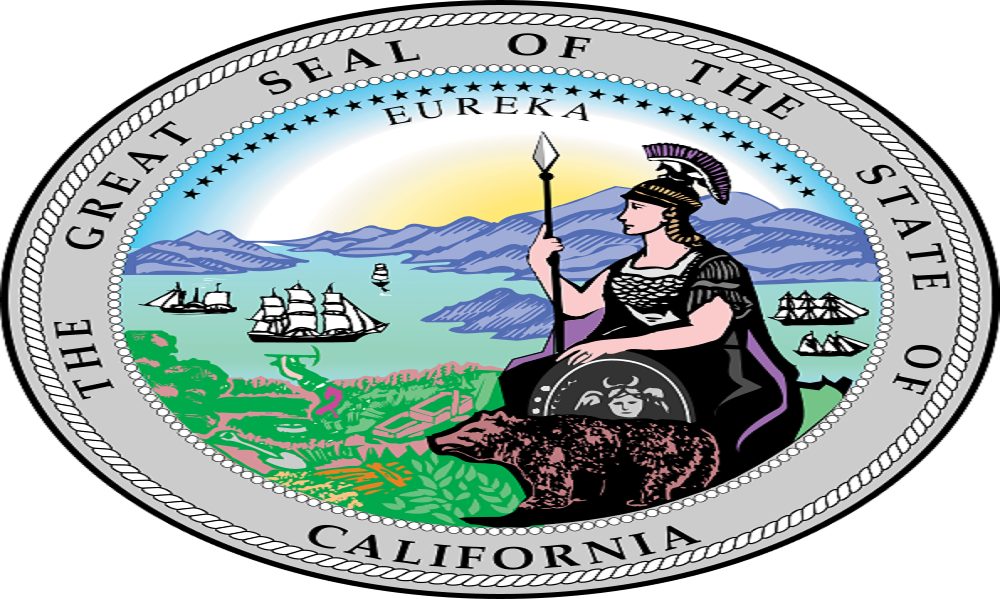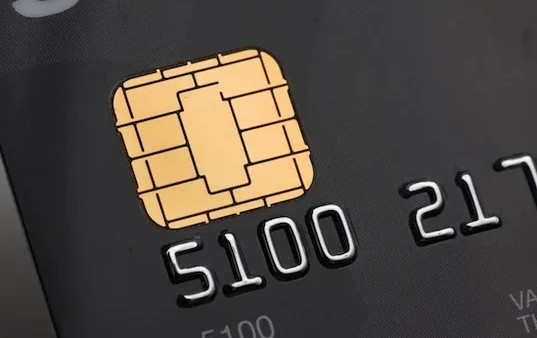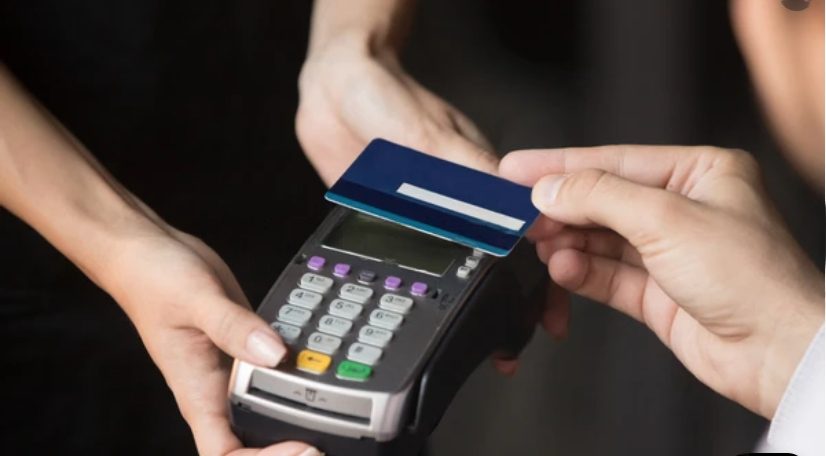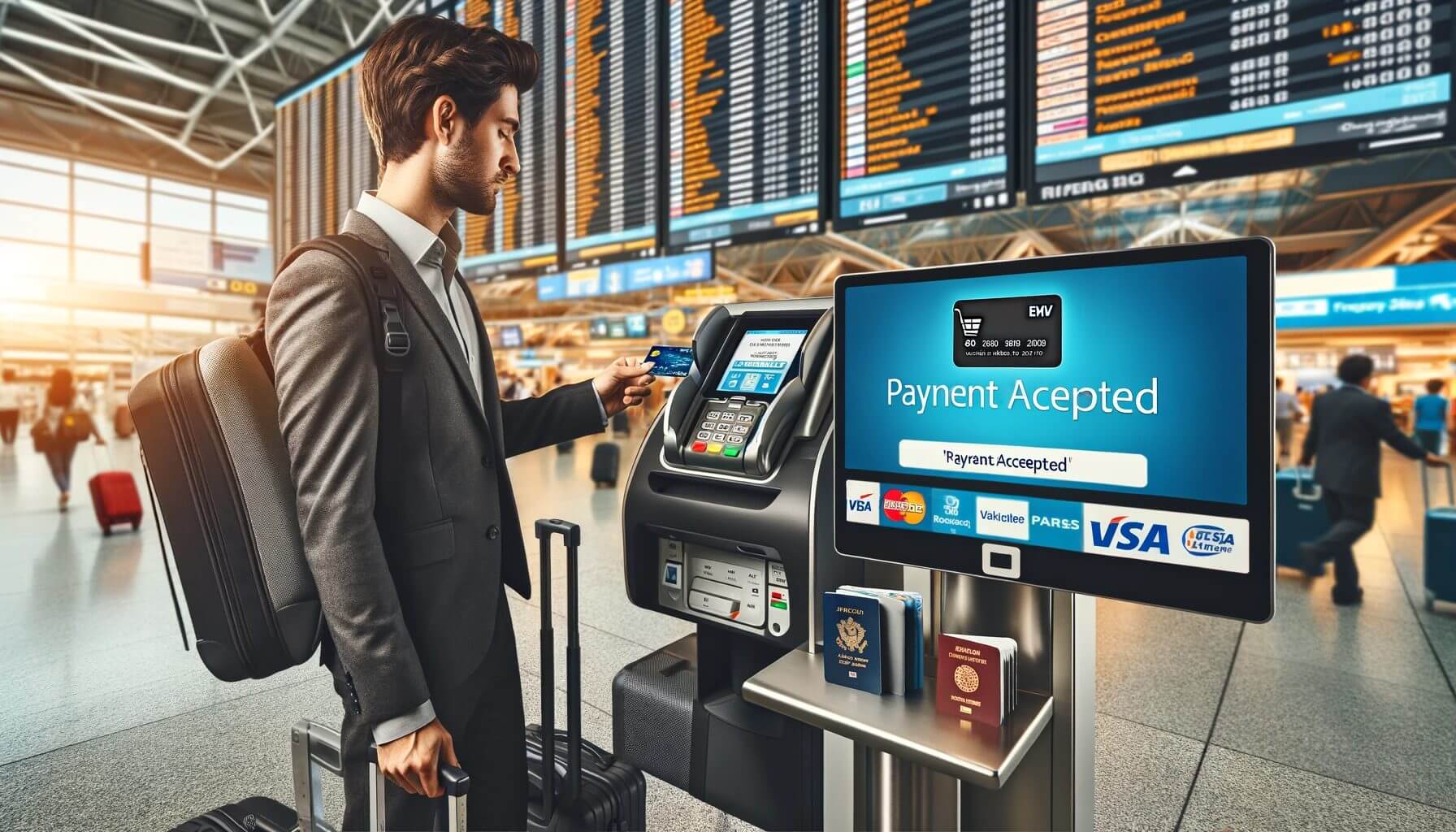The new year always brings change — not only the resolutions we manage to keep, but change in the form of new laws, products, calendar deadlines, etc. One such change, slated for 2015, is the arrival, at last, of “EMV” cards as the default standard for American credit card users, those micro-chipped credit and debit cards that are already the standard in most European countries.
Chip-and-Pin — or “Chip-and-Sig?”
















